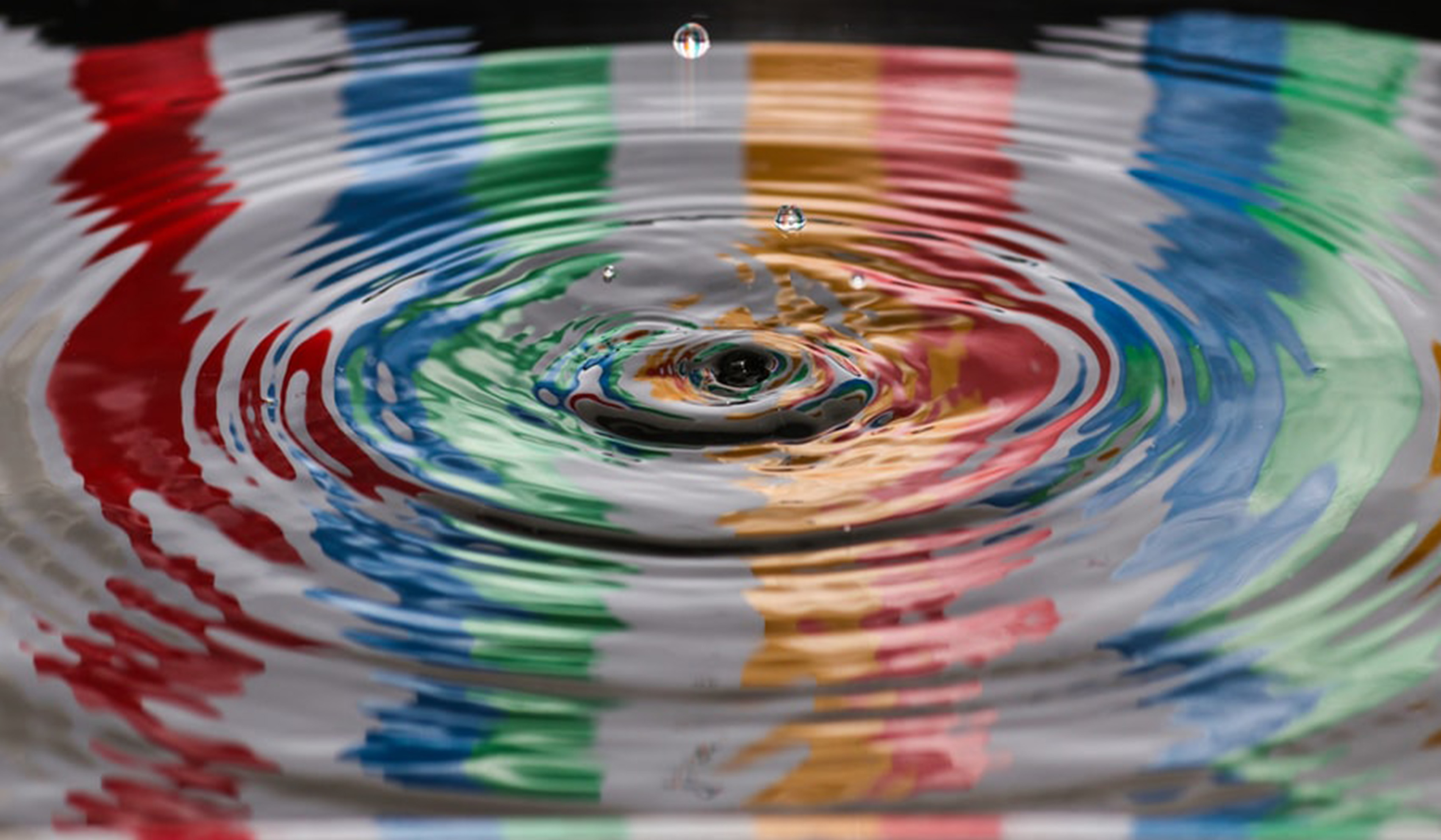
Researchers from the City University of Hong Kong have spent two years developing an advanced form of droplet-based electricity generator (DEG), aimed to maximize the process for harvesting water energy from raindrops.
The new DEG can generate power of over 140v from a single drop of 100 microlitres of water (1 microlitre = one-millionth litre) released from a height of 15 cm (6 in), enough energy to momentarily light up 100 small LED lights.
While transforming flowing water into energy has made major advances, the electricity-producing power of rain has so far remained elusive to scientists because of the difficulty in generating a high density of electrical power. Previous attempts to harness electrical power from the rain have all relied on the triboelectric effect, which infuses materials with an electric charge when it comes into contact with other materials and is subsequently separated.
This innovative form of DEG is able to achieve an instantaneous power density that is thousands of times higher than its counterparts. This is in part because of its use of a field-effect transistor (FET), a unique set of structures that rely on an electric field to control the flow of currents, consisting of an aluminium electrode and an indium tin oxide electrode.
The Hong Kong researchers coated their device in polytetrafluoroethylene (also known as PTFE), an electrical material with a quasi-permanent electrical charge. PTFE is also hydrophobic, so when a drop of water hits its surface, it “bridges” the electrodes, creating a closed-loop electric system that releases any stored energy charges that have been accumulated.
While still early in their research, the scientists hope that the new design could be applied and installed on different surfaces where liquids often come into contact with solids — from the hull of a ferry to the surface of umbrellas, or even inside water bottles — to fully utilise the low-frequency kinetic energy in water.